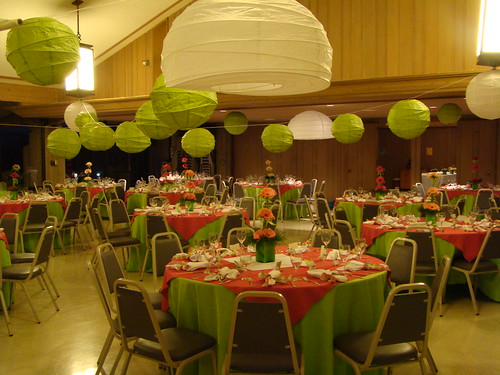There’s been a flurry of interest of late in the bat mitzvah, a religious rite of passage that marks the Jewish girl’s coming of age. It takes the form of panel discussions about ritual practice and performances of actual bat mitzvah speeches as well as a national collection effort to gather bat mitzvah paraphernalia. Fascination with the bat mitzvah even culminates in a travelling exhibition, Bat Mitzvah Comes of Age, which was made possible by the National Museum of American Jewish History and Moving Traditions. Wherever you turn, the bat mitzvah is in the news.
Making its debut in New York in March 1922, the very first documented bat mitzvah was that of Judith Kaplan, the daughter of Rabbi Mordecai M. Kaplan, whose lively imagination and innovative spirit left a profound, and enduring, imprint on virtually every aspect of American Jewish life.

Today the bat mitzvah has become so integral a part of the American Jewish landscape that it’s hard to imagine a time when it wasn’t. But ninety years ago, Judith Kaplan’s coming of age ceremony was a modest and unassuming bit of business -- more of an intimate family affair than a provocative, far-reaching communal innovation.
As it gained momentum and increasingly caught on among American Jewish girls and their parents, this newfangled rite of passage -- a 20th century phenomenon, through and through -- occasioned more than its fair share of controversy, especially among traditionally-minded congregants who had not grown up with it. The bar mitzvah, after all, dates as far back as the 13th century. By comparison, the bat mitzvah is a Johnny-come-lately, a ritual without a pedigree. ...continue reading "Sister Act"

